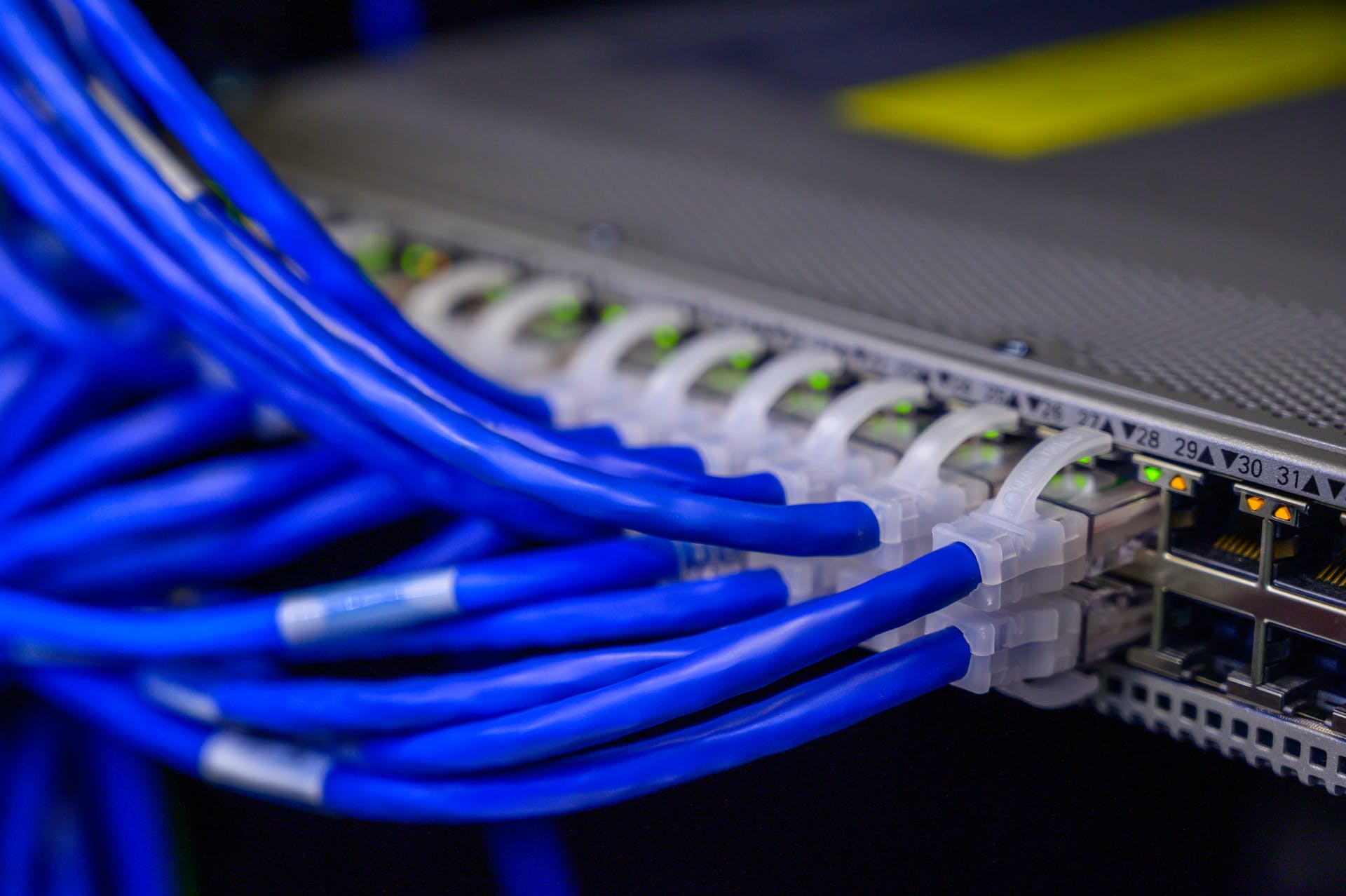Last update at :2024-01-26,Edit by888u
Alibaba Cloud Server 2-core 4G/2-core 8G/4-core 8G are popular choices among enterprise-level servers, and Alibaba Cloud officials have been promoting these three configurations as the first choice for enterprise-level applications. These three configurations can be seen on various Alibaba Cloud event pages. Based on these configurations, the models that can be seen in the event are computing sn1ne instances, computing sn2ne instances, computing c5 instances, and general g5 Instances and shared n4 instances, shared mn4 instances. New users face difficulty in choosing between different models. They don’t know how to choose, and they may even take detours. This article will explain the differences between these configurations in detail to help you avoid detours.
Detailed explanation
2 core 4G
Taking the ongoing Alibaba Cloud server selection promotions and Alibaba Cloud·Cloud Station activities as an example, computing type sn1ne, computing type c5, shared type n4, etc. all provide cloud servers with this configuration. These configurations can be used to run enterprise-level businesses, websites, projects, small programs, etc. without any problem. It can also be used for java programs, php programs, docker containers, ASP programs, .NET programs, etc.
Take the most common website as an example. A server with this configuration can run 100,000 PV visits every day. If it is equipped with a CDN and strong bandwidth, it can also reach 150,000 visits. The key is to look at the server optimization and speed-up technology. Good or bad.
Alibaba Cloud generally equips servers with this configuration with 5M/6M bandwidth, which is not a problem for most enterprise-level businesses, websites, small programs, APPs, etc.
2 core 8G
The CPU-to-memory ratio of 2-core 8G is 1:4, which shows the emphasis on large memory and is suitable for businesses with high memory requirements and high consumption. Commonly used in Alibaba Cloud activities, shared mn4, general network enhanced sn2ne, and general g5 provide this configuration.
The application environment is mainly database cache, mobile game server, applet server, corporate official website server, corporate financial software server, corporate ERP cloud platform, etc. It can be used for any business that you can think of that consumes more memory.
Let’s take the website as an example. This configuration can generate hundreds of thousands of PV visits every day. There is a picture website that uses this configuration. It currently has 300,000 visits per day. In order to optimize the server performance, the redis cache is enabled. If the cache is not enabled, it will not work. It is not easy to open a CDN and rely solely on the server to resist.
4 core 8G
This configuration and the 2-core 4G configuration are both models with a CPU-to-memory ratio of 1:2. So you can imagine that if 2-core 4G cannot support the traffic, then a 4-core 8G server will be used to support it.
Shared mn4, general network enhanced sn2ne, and general g5 are commonly used in Alibaba Cloud activities to provide this configuration.
The application environment is similar to 2-core 4G, mainly enterprise-level businesses, high-traffic websites, small programs (such as ordering and catering), game servers, etc. For example, online games can use Alibaba Cloud load balancing to offload traffic on the front end, and use multiple 4-core 8G servers + multiple cloud databases on the back end to balance the huge access traffic.
After reading the above description, if you are still a little confused, you can refer to the official documentation - scene configuration selection
Difference
1. Multiple 2 cores, 4G memory
The extra 2 cores allow for greater computing power. For example, online games require high CPU computing power, and the same applies to small programs. Various enterprise-level businesses often have high requirements for CPU computing power.
The addition of 4G memory will greatly improve the number of concurrent website visits. To put it bluntly, it can accommodate more people accessing at the same time without the server crashing;
The game server allows more players to play online;
While the back-end database server improves the speed of real-time data query, it also provides faster feedback to the front-end server.
Coupled with load balancing, the front-end program runs more happily, and visitors can use it easily and smoothly.
2. Different models
The shared models mentioned at the beginning of this article are the previous generation models. Shared models mean hyper-threading of shared servers;
The following models are exclusive models and are not shared.
Computing c5 and general-purpose g5 instances are exclusive models and have strong computing capabilities;
Computing sn1ne instances and computing sn2ne instances are based on c5 and have enhanced network packet sending and receiving functions, which means better network performance.
3. Budget and business requirements
Users with sufficient budget and high requirements for server computing performance and network performance can choose computing sn1ne instances and computing sn2ne instances, such as enterprise-level users;
If the budget is sufficient and the network performance requirements are not particularly strict, you can choose computing c5 or general g5 instances, such as corporate official websites;
If the budget is insufficient and the server requirements are not too high, you can choose shared n4 and shared mn4 instances, which are cheap, high-configuration, and cost-effective
Recommended site search: free virtual space, Hong Kong high-defense server rental, permanent free cloud server address, website domain name registration, com domain name registration for 1 yuan, ip, registration number, mainland China php space, Shandong website registration, anti-attack ip ,








发表评论